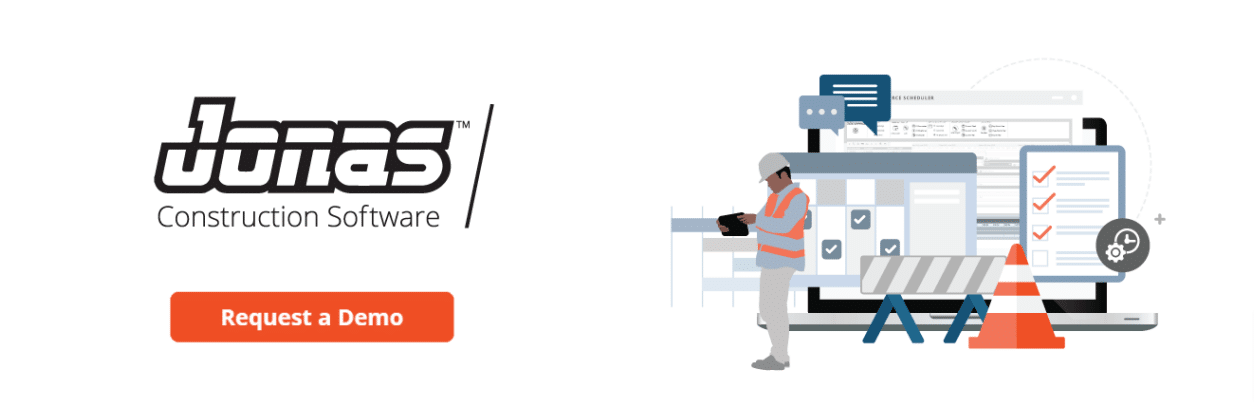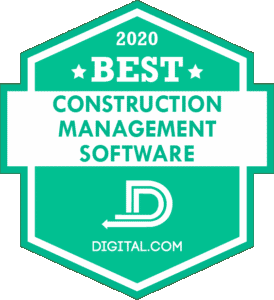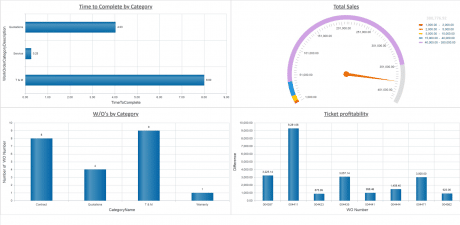Last Updated on July 4, 2024
Nov 28, 2016
When business problems arise in one area, the knee-jerk reaction is to turn to point solutions to solve one particular issue. Although point solutions are great for functions like accounting, project management or document management, relying on multiple software can lead to greater organizational roadblocks down the line. Cobbling together various software will lead to a lack of integration, ultimately leaving businesses disjointed and disorganized. To address this, the better long-term solution may be partnering with integrated software solutions. The chart below compares and contrasts point solutions with integrated solutions, focusing on 4 key areas of price, usability, support and training.
| Factors to Compare | Point Solutions | Integrated Software Solutions | |
| Price | The cost of purchasing multiple point solutions on a need-by-need basis can quickly add up. In addition to purchasing a number of point solutions, businesses are forced to deal with incremental payments for user licenses and other fees associated with each individual software. | When purchasing an integrated software solution, prices are often given up front. With this in mind, a single solution, with a scheduled payment system helps your company better budget, plan and predict any future payments. From a financial perspective, this is a much more efficient and flexible system. | |
| Usability | With point solutions, data is only able to interface across each system. This means that when information is entered into one system, it does not automatically sync with other point products you are using, increasing the need for double entry, or the monotonous task of rekeying information. Because point solutions only serve one function, the lack of integration often hinders the productivity of other areas in the business. | With a construction management software, data is integrated, and is accessible across multiple areas of the business. More importantly, an integrated solution ensures that data only needs to be entered once. In addition, it is also much easier to learn how to operate one system, rather than learning a number of different interfaces, buttons and icons as each point solution is different. | |
| Implementation and Training | Learning how to operate a software can be time-consuming and difficult. Multiplying this process can only lead to greater challenges and frustrations. By investing in a variety of point solutions, staff members are forced take time away from day-to-day tasks, only to learn how to use another software. In addition, onboarding new staff becomes an extremely lengthy and complex process. | Although implementation and training for construction software can be a long process, it is much more efficient to learn one system well, than struggle through various ones. With a successful implementation, businesses can maximize their use of the single software, making the most out of their investment. With a number of staff familiar with one software, training and onboarding new staff is a simpler process. | |
| Customer Support | Relying on multiple software vendors for customer support can easily become a messy and disorganized process. By cobbling together a variety of software, diagnosing problems and the origin of issues becomes a more difficult task. Rather than getting work done, businesses are forced to investigate problems or call various support teams even for the simplest of resolutions. | With an integrated software solution, dealing with the same support team can provide a great deal of comfort. Furthermore, support from one vendor can save time and effort by allowing businesses to address multiple issues at once. By having one dedicated support team, representatives become more familiar with your business. With this added experience, support teams have more data to help you find resolutions much quicker. | |







